Aramco Lifting Safety Short Notes | Key Guidelines & Best Practices
Explore concise Aramco lifting safety short notes covering safe lifting procedures, rigging requirements, equipment inspection, and OSHA-aligned practices. Perfect for HSE officers, supervisors, and workers seeking quick, practical safety guidance.
HOMESAFETY FIRSTSAFETY FIELD FOR LEARNING EARNING
HSE Officer
9/8/20255 min read
Hi safety department welcome again. I hope this blog post finds you well and ready to jump in the other topic which is “lifting “ it is detailed explained in GI 7.028. Here is a comprehensive list of every point about lifting from the famous book CSM. Every point we discuss in an easy, short and simple way including all technical details.
Note: It is not a detailed explanation, it is just a remembrance for the experienced safety officers, safety supervisors and even more higher posts.
Definition
· Lifting: The shifting of materials manually or through machines.
Manual Lifting
· Maximum Allowable Load: 23 kg for men 16kg for women is the allowed weight for manual lifting.
· Safe Procedure for Manual Lifting:
i· Have a good grip on the load.
ii· Keep a straight back.
iii· Use your leg muscles to lift.
iv· Keep your arms close to your body.
Crane Definition
· Crane: A mechanical equipment used to lift or lower a load.
Types of Cranes
· Mobile Crane
· Overhead Crane
· Tower Crane
· Crawler Crane
Key Lifting Equipment & Devices
· Anti-Two Block Device: A safety device installed on cranes to prevent the hook or load block from making contact with the sheaves (boom tip), which prevents accidental collision and damage.
· Boom Angle Indicator: A device mounted on the boom to show the operator, the angle of the boom.
· Anemometer: A device used for measuring wind speed. Maximum 32km/h or 9m/s or 19mph
· Safe Working Load (SWL): The maximum working load specified by the manufacturer for a piece of equipment or lifting gear.
· Load Chart: A document provided by the manufacturer that shows the crane's lifting capabilities at specific angles, radious, and boom lengths. It defines the crane's actual strength for a given setup.
· Safety Hook / Gated Hook: A hook equipped with a latch to prevent slings or the load from accidentally slipping off.
Lifting Tools and Tackles (Lifting Accessories/Gears)
· These include: slings, belts, shackles, turnbuckles, come-alongs, and spreader beams.
· Common Types of Slings/Belts:
· Synthetic web slings
· Wire rope slings
· Mesh slings
· Chain slings
· Softener: Must be used if the load is sharp and could damage the sling.
· Tagline: A rope (usually fiber) attached to a lifted load to control its swing and irregular movement.
Sling Hitch Types
· Bridle Hitch / Vertical Hitch
· Basket Hitch
· Choker Hitch
Critical Lifting Concepts
Critical Lifting: This is an important topic with definitions that vary by client.
Load Weight/Capacity: Lifting a load 75% or more of the crane's rated capacity is called critical lifting.
Personnel Lifts: Hoisting people in baskets or other platforms.
Special Loads: Lifting hazardous or explosive materials, or loads that are difficult to replace.
Complex Rigging: Non-routine or technically difficult rigging arrangements.
Tailing Lifting: lifting a load is moved from a horizontal to a vertical position (or vice versa), involving two or more cranes.
Tandem Lifting: A lifting activity where involving two or more cranes to lift a single load.
Blind Lifting: when a rigger directly not on sight with the crane operator, using other means of communication.
Technical Measurements & Angles
Crane Radius: The distance from the center pin of the crane to the center of the load.
Sling Angle: The minimum acceptable angle for a sling is 30 degrees.
Crane Angle: The safe angle for a crane is 60 degrees. The minimum acceptable angle is 45 degrees.
· Radius vs. Capacity: As the radius increases, the lifting capacity of the crane decreases.
· Wind Speed: All lifting operations maximum wind speed is 32 km/h and it shuld be stopped on this point, unless the manufacturer's specifications allow for operation at higher wind speeds.
Power Line Safety (Critical Clearance Distances)
· Cranes must maintain a safe distance from a power lines during operation. Minimum distance are:
· Up to 50 kV: 10 feet
· Over 50 kV to 200 kV: 15 feet
· Over 200 kV to 350 kV: 20 feet
· Over 350 kV to 500 kV: 25 feet
· (This references are taken from OSHA)
Overhead Goal Post
· Purpose: Used to warn vehicle traffic of the danger from overhead cables, power lines, or low structures on roads and sites. It shows the maximum overhead clearance.
Roles and Responsibilities
· Crane Operator: Responsible for performing a daily inspection of the crane.
· Certified Rigger: Responsible for inspecting all lifting gears (slings, chain blocks, shackles, etc.).
· Flagman: A trained person (spotter) who assists the equipment operator when needed (e.g., when moving backward or forward) and helps keep unauthorized personnel away from the barricade.
Lifting Hazards
· Unstable ground surface (risk of crane toppling).
· Overloading (risk of crane collapse).
· Using defective lifting gears (risk of load collapse).
· Working near power lines (risk of electrocution).
· Heavy wind or bad weather.
· Uncertified operators and riggers.
· Mechanical failure.
· Falling load.
Lifting Procedure & Requirements
· A valid permit to work must be obtained.
· The crane operator and rigger must be certified.
· The crane must be inspected and have a valid third-party inspection sticker.
· The ground must be level and stable.
· Lifting gears must be inspected and undamaged.
· The area must be barricaded with signage posted (e.g., "Keep Away, Lifting in Progress").
· Outriggers must be fully extended and outrigger mats must be used.
· The load must not exceed the crane's rated capacity (SWL).
· Stop all lifting operations at 32 km/h wind speed (unless the manufacturer allows more).
· Unauthorized entry must be restricted.
· A tagline must be used for all loads, except where its use could create a hazard (e.g., getting trapped in scaffolding or a power line).
· Safe distance from power lines must be maintained.
· The load shall not be passed over workers. (line of fire)
· The swing radius of the crane is the area that needs to be barricaded.
If there is anything missing you can also help people to put in a comment.
Thanks…
Best blog posts
full excavation revision for HSEO's
The Hidden Stories of Workers: A Journey of Earning, Learning, and Living Between Lines
The Soil Compactor and the Secret to Success: Lessons from the Ground Up
Summary of the Construction Safety Manual (CSM) – 5th Edition
Unlocking Safety Excellence: A Look Inside the Saudi Aramco Construction Safety Manual CSM (5th Edition)
Mastering Construction Safety: Why the CSM is Your Ultimate Jobsite Guardian
Smart Planning for Earning and Learning: A Path to Growth and Stability
Why the Saudi Aramco Construction Safety Manual Is One of the Most Important Books in the Industry
#ConstructionManagement #SiteSafety #LiftingOperations #WorkplaceSafety #RiggingSafety #CSMExperts #HeavyLifting #SafeWorkEnvironment #CraneOperations #ConstructionSafety #PPErequired #LiftPlanning #OnSiteEfficiency #JobsiteManagement #SafetyFirst #ConstructionLife #MaterialHandling #SafetyCulture #RiskAssessment #ZeroAccidents
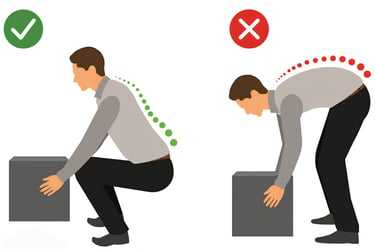

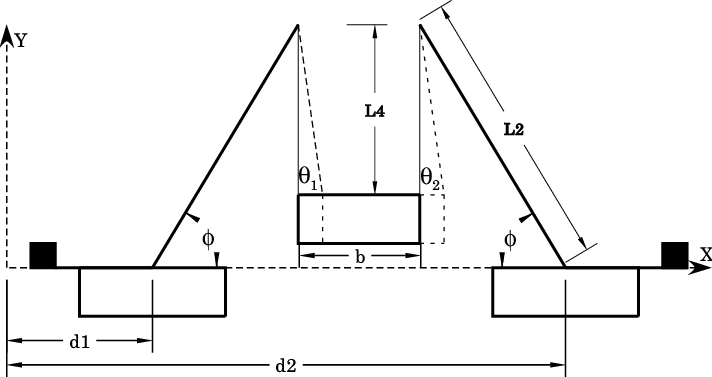



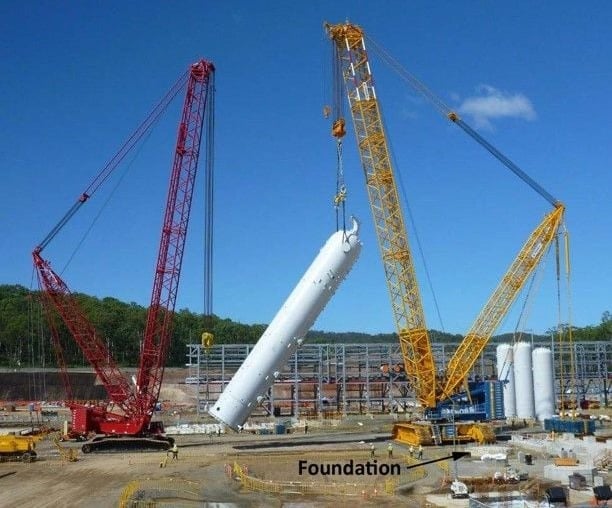

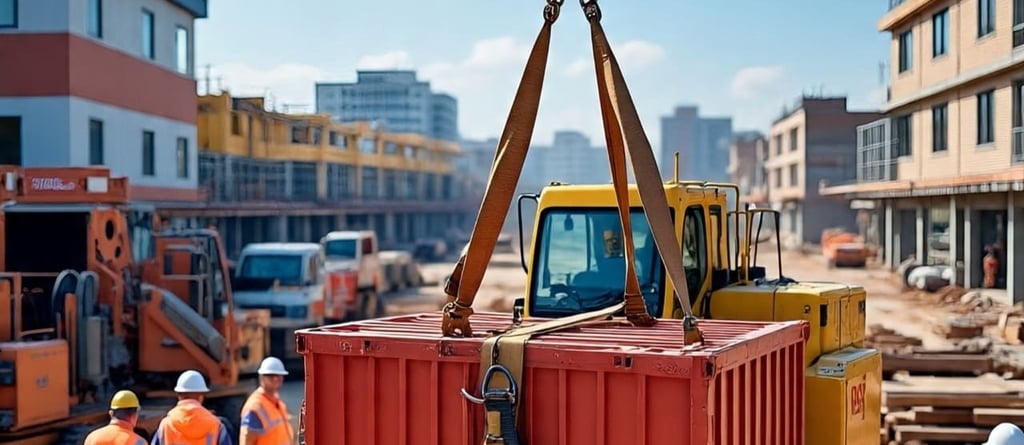

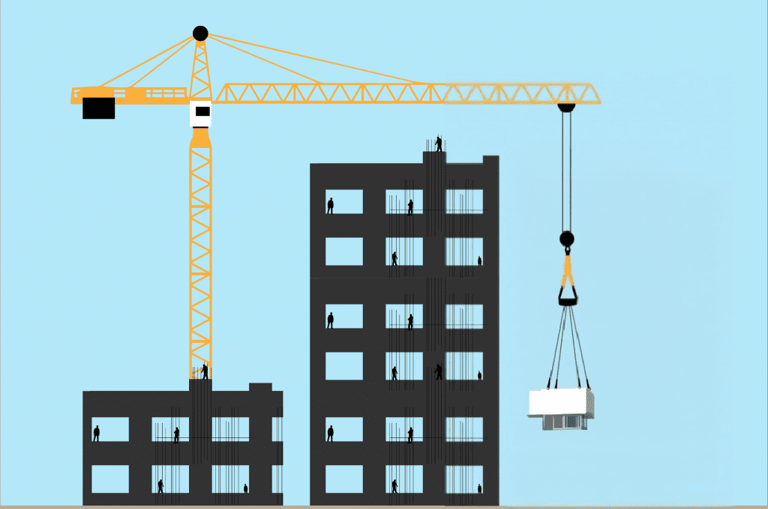

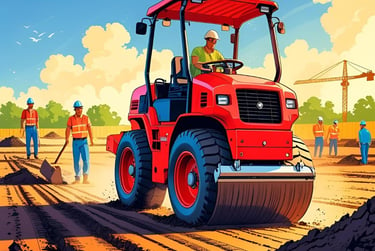



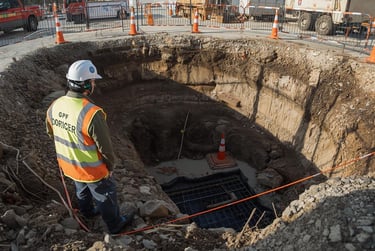



the hidden story of the workers

